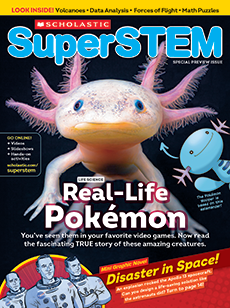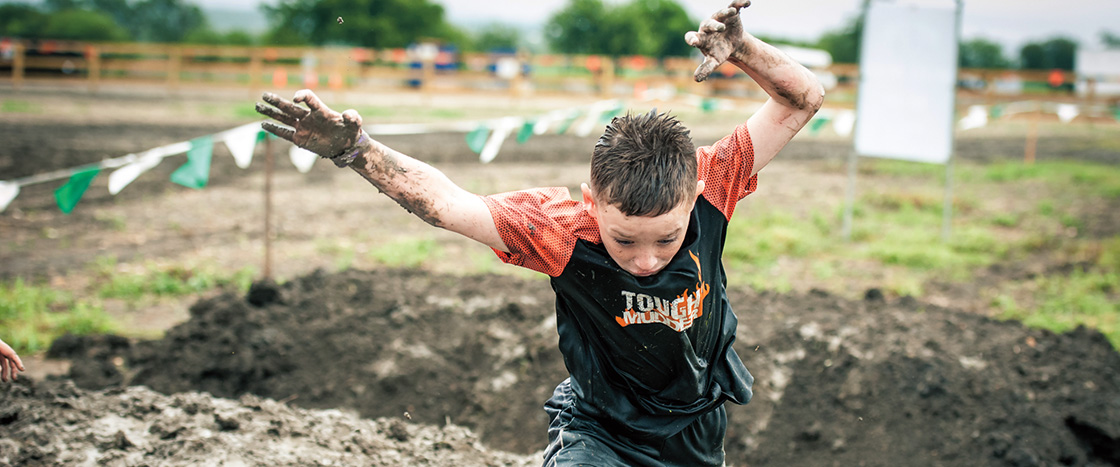On a cool Sunday morning, Michael Ashurst, age 11, was ready to race. Almost a dozen other kids joined him. Lined up on a field, they were stretching, jogging, and doing jumping jacks.
Michael is part of a group of kids nationwide who participate in Tough Mudder’s Mini Mudder. This muddy, mile-long obstacle course is just for kids aged 5 through 12. Participants have to climb, jump, and crawl their way through eight obstacles four times each.
It was a cool Sunday morning. Michael Ashurst, age 11, was ready to race. Almost a dozen other kids joined him. They were lined up on a field. They were stretching, jogging, and doing jumping jacks.
Michael is part of a group of kids nationwide. They participate in Tough Mudder’s Mini Mudder. This is a muddy obstacle course that is one mile long. It is just for kids aged 5 through 12. Participants have to climb, jump, and crawl. They complete eight obstacles four times each.

